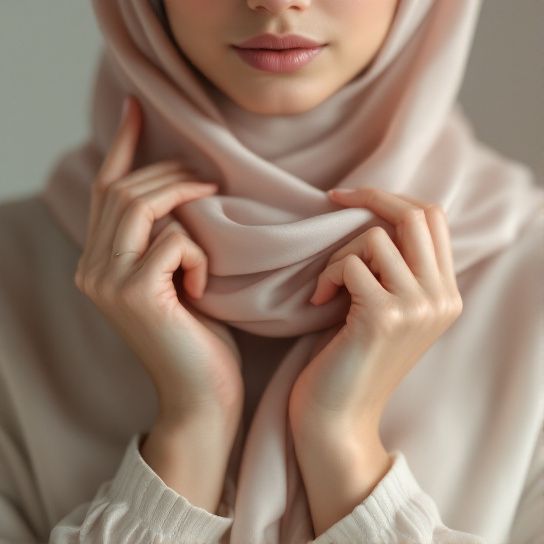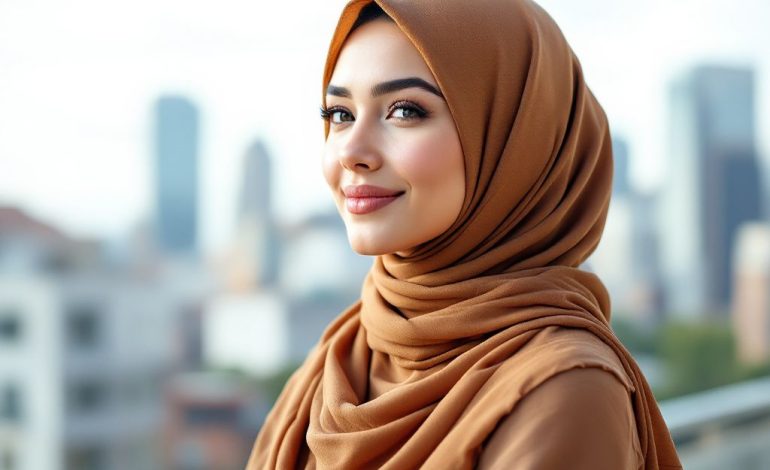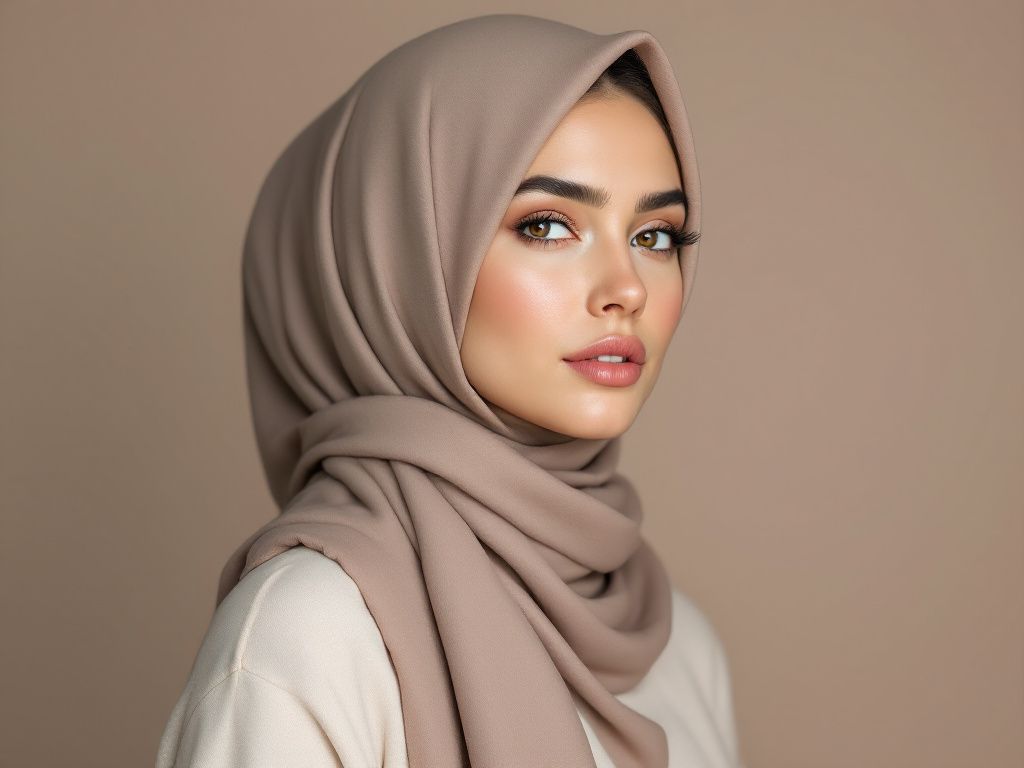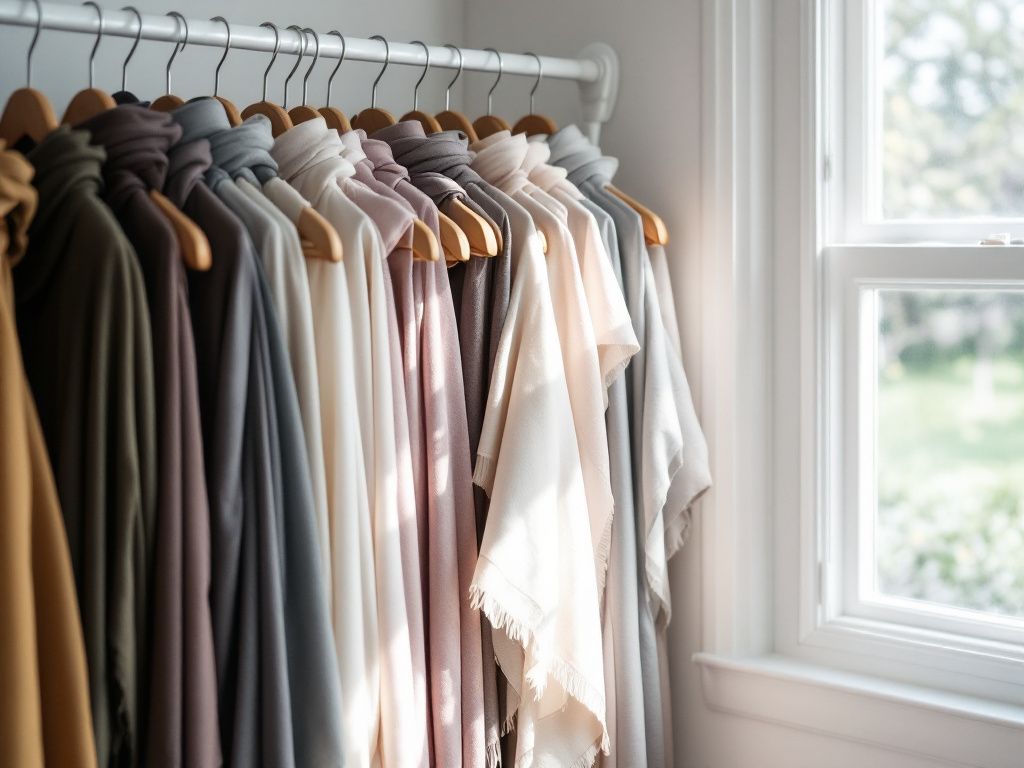Eid Celebration Looks: A Guide to Arabic Hijab Style and Festive Fashion

Hey there! With Eid just around the corner, isn’t it time we talk about something exciting? Yes, you guessed it—Eid celebration looks! Whether you’re getting ready for a low-key family gathering or gearing up for a grand festive feast, finding the perfect outfit can be quite the task. But fret not! We’re going to explore all things related to Eid fashion, diving into styles that cater to tradition while bringing in a splash of contemporary flair. And, of course, we’ll give special attention to the beautiful artistry of the Arabic hijab style.
The Conundrum of Festive Eid Collections
Every year as Eid approaches, we find ourselves asking the same question: “What should I wear to stand out while keeping it culturally and religiously appropriate?” It’s almost like the yearly challenge to strike that perfect balance between dazzling style and serene subtlety, don’t you think? I know, I know! It’s not the easiest task, but trust me, with the right guidance and a sprinkle of creativity, dressing up for Eid can be one of the most enjoyable parts of the celebrations.
Setting the Scene: What Makes an Eid Outfit?
Before we dive deep into styling tips, let’s set the ground. An ideal Eid outfit should embody grace, comfort, and elegance. It should be something that not only makes you feel confident and joyful but also represents the significance of this sacred celebration. Think ornate details, lush fabrics, and colors that make your heart sing.
Arabic Hijab Style – More Than Just a Headcover
Let’s shift focus to something that’s not just incredibly stylish but holds a beautiful depth besides the aesthetics — the Arabic hijab style. Incorporating this into your Eid look is like adding an artful cherry on top of a delicious sundae. Picture this: A flowing, delicately draped scarfs, in gracefully vibrant hues, perhaps with an elegant pin or brooch for that perfect touch of sophistication. It’s stylish yet grounded, blending old-world charm with modern nuances effortlessly.
Steps to Ace the Arabic Hijab Style

- Choose Your Fabric: The key is comfort. Look for soft, breathable materials like cotton, silk, or chiffon—these not only feel great but also look effortlessly chic.
- Pick the Hue: Match your hijab color with your outfit or go the monochrome route. Soft pastels, deep jewel tones, or classic monochromes—they all can elevate your look remarkably.
- Perfect the Draping Technique: Start by wearing an under-scarf to secure the hijab in place. Drape the hijab over your head and fasten under the chin. Wrap one end across your neck and bring it back to the front. Now, either let it flow loose or pin it neatly—whichever reflects your personal style.
- Accessorize Wisely: A delicate brooch or a pretty pin can add subtle glam. Just a little tip, don’t go overboard; sometimes less is more!
Let’s Talk Fabrics: Materials That Make a Difference
Eid collections shine when designed with the right fabrics. Sumptuous silks, graceful georgettes, ethereal chiffons—these are not just words; they’re brushes that paint the fabric of your Eid dreams. They can have a huge impact on how your outfit feels and looks.
| Fabric Type | Pros | Cons |
|---|---|---|
| Silk | Luxurious feel, great for formal events | Can be pricey |
| Chiffon | Light and flows beautifully | Requires careful handling |
| Cotton | Comfortable and breathable | May lack the formal sheen |
| Georgette | Perfect drape and resilient | Can be heavy for layering |
Remember, exploring and experimenting with different textiles can completely transform your festive attire. It’s also about knowing the feel you want—opulent, breezy, or simply comfortable—each has a place in your wardrobe.
The Essential Eid Outfit Checklist
Consider this your Eid outfit checklist. Trust me; it’ll make life so much easier when racking your clothes to put together the perfect look.

1. The Classic Suit or Dress
- Look for intricate embroidery or embellishments that align with cultural customs yet remain trendy.
2. Footwear That Flats Fancy Feet
- Stylish flats or a comfy pair of heeled sandals for that effortless elegance without sacrificing comfort.
3. Accessories That Embolden Your Attire
- Minimalist jewelry or cultural statement pieces; they can amplify your entire look or make it shine subtly.
4. Handbag Essentials
- Opt for a clutch or a small sling bag—a jewel-toned one, perhaps? It should complement the outfit and be just big enough to carry your essentials without fuss.
Evolving Traditions: A Blend of Classic and Contemporary

Let’s nod to the blessings of fashion evolution here. We’re living in an age where outfits for Eid are increasingly dynamic, allowing room for personal expressions and stylistic experiments. Formal western cuts mingling with traditional embellishments—that’s where modern meets graceful, isn’t it?
Navigating Classic vs. Contemporary: It’s Not War—It’s Harmony
Balancing the old and new is like creating a beautiful dance of styles—one feeding into the other to create a seamless visual symphony. Try mixing a modern silhouette with traditional patterns. Imagine a traditional Anarkali with a jacket-style top or a saree-inspired gown. Here are some fun combos:
- A structured gown in a traditional brocade
- A floor-length silk jacket paired with a sleek palazzo
- A sheer overlay over a classic silhouette for adding drama
Dressing the Part: Formalighed with Cheerful Gesture
Before we go, remember that beyond appearances, Eid is a celebration etched deeply in joy, gratitude, and love. Your Eid celebration looks should make you feel the serenity and peace that the celebration embodies—embracing both culture and personal style with open arms.
Look Back at the Essentials: Recap
- It’s crucial to start with outfits that stand for themselves before accessorizing.
- Integrate the Arabic hijab style for that refined grace; it’s both elegant and pivotal.
- Don’t shy away from bold yet respectful choices that mirror the colors and vibrance of Eid festivities.
- Prioritize comfort and confidence—remember, it isn’t just about making an entrance but also sustaining merriment throughout the celebration!
Alright, that’s quite the round-up. If there’s one takeaway, let it be the liberty to let your outfits tell stories—of tradition, of change, and of your individual sartorial journey. Hopefully, this guide helps you put together not just an unmistakably stylish outfit but also an unforgettable Eid celebration look. Go ahead, start planning, and make the most out of this beautiful, joyous occasion. Eid Mubarak to you and your loved ones!
Frequently Asked Questions
How often should I wash my face mask to prevent maskne?
To prevent maskne, it is crucial to wash your face mask regularly. For fabric masks, wash them after every use, similar to how you would wash your underwear[2][3][4]. Disposable masks should be tossed after each use to prevent the buildup of bacteria and other contaminants[3][5>.
What type of skincare products are best for preventing maskne?
For preventing maskne, use skincare products that are oil-free or noncomedogenic. These products, such as gentle cleansers, moisturizers, and sunscreens, help prevent clogged pores and reduce the risk of acne. Look for products containing salicylic acid or benzoyl peroxide for their acne-fighting properties[1][3][4>.
How can I reduce friction and irritation caused by wearing a face mask?
To reduce friction and irritation, choose a mask that fits well and is made from breathable fabrics like cotton or bamboo. Loosen the mask straps, use pads under the straps, or consider a headband-style mask to minimize friction. Taking brief breaks to remove the mask and allow your skin to breathe can also help[2][3][5>.
What are some additional tips to prevent maskne while wearing a face mask?
In addition to regular mask washing and using the right skincare products, avoid touching your face, skip makeup or use noncomedogenic makeup, and moisturize your skin to keep it hydrated. Also, limit the use of active ingredients like retinol or benzoyl peroxide during the day when wearing a mask, and consider using a topical antimicrobial cream to prevent bacterial buildup[1][3][4>.
References






